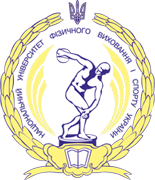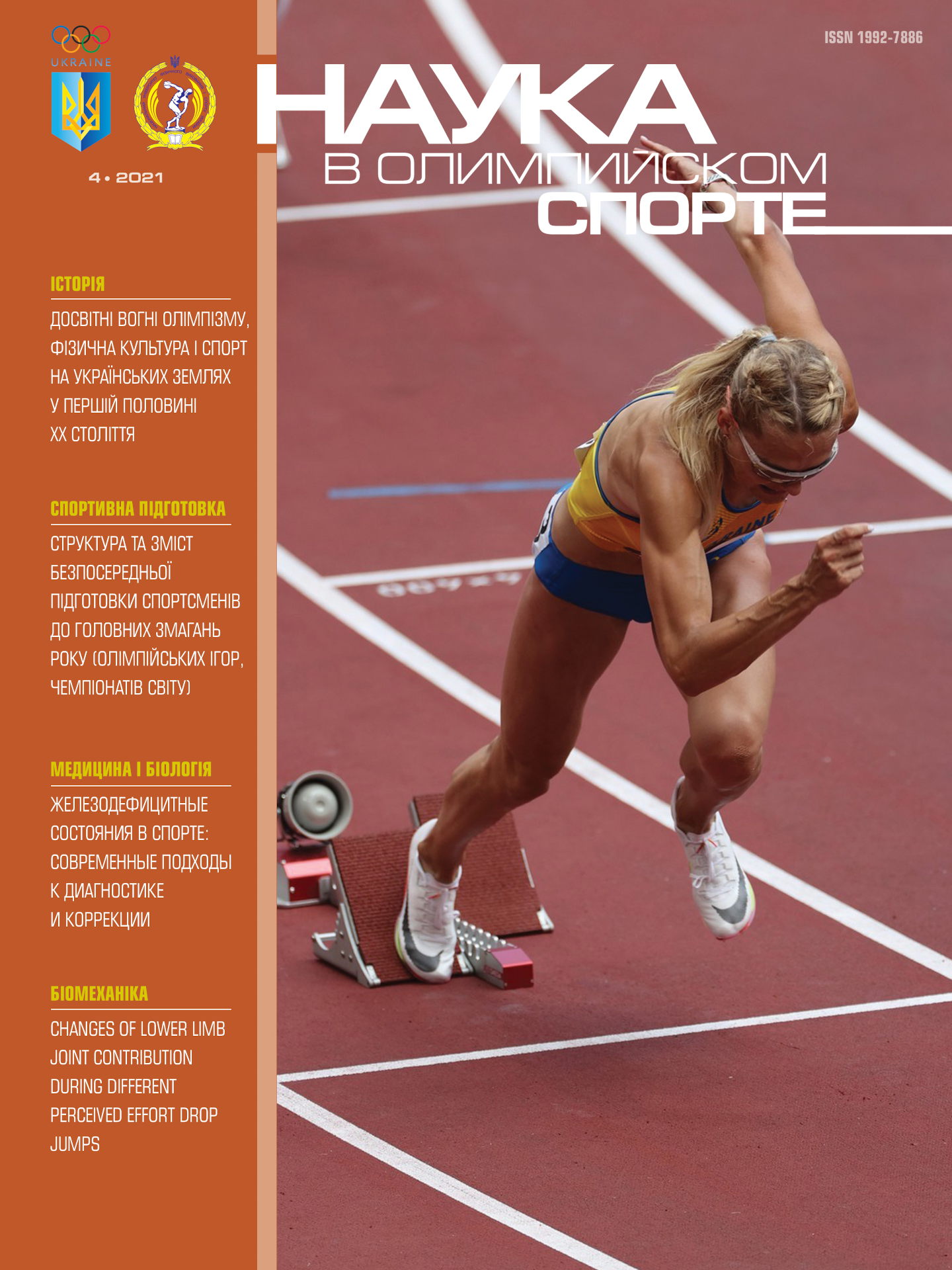Instructions for authors:
- The journal accepts papers in English, Ukrainian or Russian.
- No more than 5 authors of a paper.
- Copyrights. All open access articles are distributed under the terms CC BY-NC 4.0 International License
 , which allows others to share (copy and redistribute the material in any medium or format), adapt (remix, transform, and build upon the material), revise, and base articles on derivatives for non-commercial purposes.
, which allows others to share (copy and redistribute the material in any medium or format), adapt (remix, transform, and build upon the material), revise, and base articles on derivatives for non-commercial purposes. - Authors have to submit one hardcopy or electronic version of manuscript and any graphic material.
- We reserve the right to check submissions through appropriate plagiarism checking tools. Submissions containing suspected plagiarism, in whole or part, will be rejected.
- Manuscript should be printed on one side only of A4 paper with 1.5 line spacing (29-30 lines per page), font Times New Roman 14 pt. Electronic version of the manuscript should be prepared in Microsoft Word .doc The margins should be: 2 cm.
- Manuscript should be 8-20 pages of length, including main text, figures, and references. Tables, figures and figure legends should be printed on separate pages and attached at the bottom of the main text.
- Mathematical and chemical symbols, equations, and formulae should be clearly written and marked out. Math formulae should be typed in 10 pt font with MathType Equation, MathMagic Pro Equation, or Microsoft Equation editors. Figures (color) should be embedded in the word file with the possibility of further edition in Microsoft Word, or Excel (font 10), or submitted as separate files in jpg format (300×300dpi). Supply photographs in separate files in jpg format (300×300 dpi).
- At the beginning of the paper appropriate section should be specified:
- history;
- Olympic education;
- athletic training;
- biology and medicine;
- biomechanics;
- psychology;
- sociology, economics, management;
- foreign experience;
- from the experience of outstanding athletes and coaches;
- sport for all;
- an invitation to discussion
- Text structure:
- section;
- title;
- last name, name of the author(s) ;
- complete name(s) of institution(s), address;
- summary (in English, about 2000 characters). Structure: title, last name, name of the author(s), objective (that do not duplicate the paper title), methods (including information about contingent of participants of the study), results (e. g. “It was discovered…”, “It was found…”, “It was shown…”), and conclusion;
- summary (in Ukrainian, about 2000 characters — we can translate if needed). Structure: title, last name, name of the author(s), objective (that do not duplicate the paper title), methods (including information about contingent of participants of the study), results (e. g. “It was discovered…”, “It was found…”, “It was shown…”), and conclusion;
- keywords (in English and Ukrainian, no more than 5-6 words);
- statement of the problem, significance;
- objective;
- financial support;
- methods and organization of the studies (indicate the number of participants, their age, experimental design, and equipment used in the study);
- results (practical studies should be illustrated with tables, providing the results of statistical analysis of the data, or charts, without duplication of the data in main text);
- discussion (should include the interpretation of research results, a comparison of the results with literature data, focus on data that was first obtained and investigated, which supplemented or refined data from other scientists, should also indicate prospects for further research);
- conclusions;
- conflict of interests
- list of references in original language, which should be in compliance with Vankuver international standard. References should be listed by alphabetical order of author; citations within the text are mandatory and listed by numbers from the list of references in square brackets (for example [2]). Reference should include complete title of the journal and names of all the authors of work. If the reference has a DOI, you must provide it at the end of the reference;
- short abstract in Ukrainian (we can translate if needed) (200-300 characters);
- author’s information (last name, name, position, academic degree, academic rank, complete name of institution and address of the author’s affiliated institution); postal code, address; phone numbers (work, mobile and home); email address; ORCID number).
- Review papers may have simplified structure. The following parts are mandatory: statement of the problem, significance; objective; results and discussion; conclusions and prospects for further research; list of references.
- Manuscripts submitted for publication in the journal “Science in Olympic sport” are peer reviewed by internal, and when it is necessary (at the discretion of editors) by external referees. The main criteria for manuscript evaluation include the originality and novelty of the research, importance of the topic for the field, as well as its accessibility and interest for experts in different fields of sport science.
- Publication of articles is FREE of charge. After publication, the corresponding author will receive one hard copy free of charge or electronic version.
By submitting a manuscript for publication the author (s):
- Agrees to put up a full text version in the Internet;
- Agrees with the principles of ethics of scientific publications upon recommendations of COPE.
- Confirms that the article has not been accepted for publication, published or under reviewing in other journals (we reserve the right to check submissions through appropriate plagiarism checking tools).
More details about ethical policy of journal you can find here.












